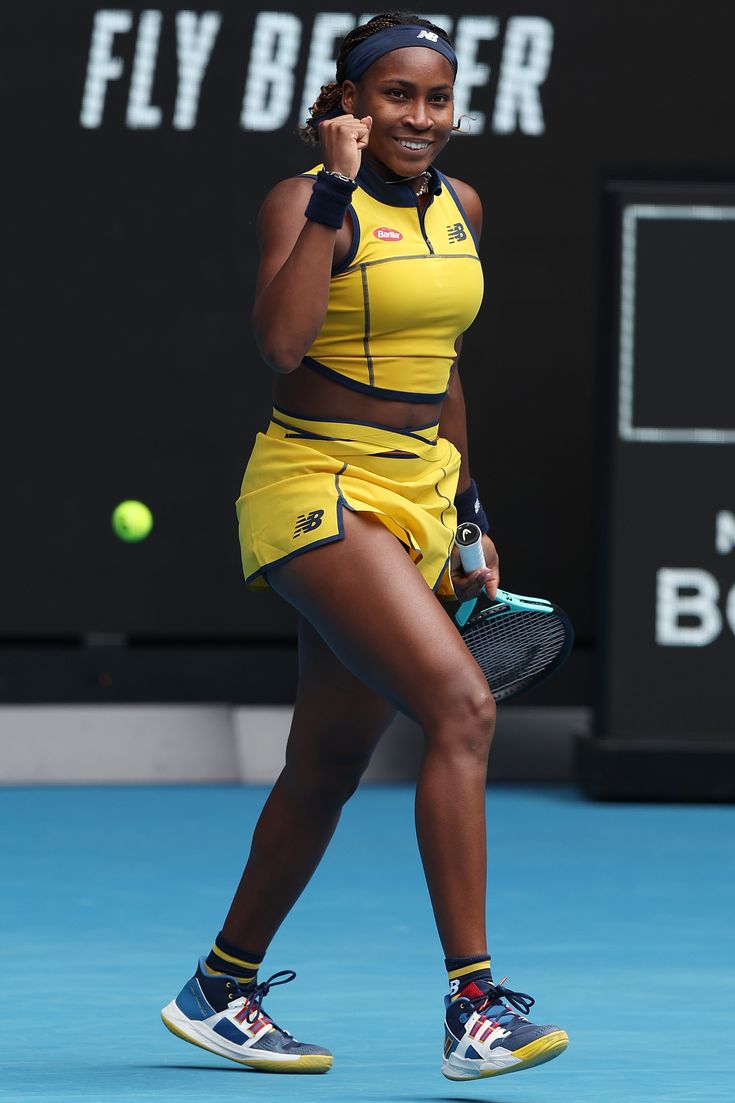Coco Gauff pushes back: “Things went too far” after Sabalenka’s late apology
At Wimbledon 2025, attention has shifted beyond the grass courts to the evolving interpersonal dynamics between two of women’s tennis’ brightest stars: Coco Gauff and Aryna Sabalenka. The spark? Sabalenka’s controversial press conference following her defeat to Gauff in the French Open final, and the timing of her subsequent apology.
After dropping the final in a three-set thriller at Roland Garros, Sabalenka described her performance as her “worst tennis in months,” blaming uncontrollable input errors rather than praising Gauff’s excellence. The remarks struck a nerve—fans and pundits alike felt she downplayed Gauff’s win.
Recognizing the fallout, Sabalenka issued a public apology and privately reached out to Gauff, calling her own behavior “unprofessional”. Yet, the apology arrived “a little bit later” than expected for Gauff—who admitted she initially contemplated responding more sharply, driven by temptation.
Gauff advocates for compassion, not conflict
Gauff handled the situation with maturity, emphasizing that while the apology’s timing bothered her, she didn’t want to “fuel more hate.” She stated, “people were taking it too far. … I didn’t want to fuel that more,” underscoring her mission to be “kumbaya, live happily, hakuna matata”. This reflects the message she reiterated in her Wimbledon press conference: “I preach love, I preach light,” even holding a toy strawberry on stage to inject levity and signal unity.
Their bond strengthened further through a friendly Centre Court TikTok dance—captioned by Gauff: “the olive branch was extended and accepted! we’re good so you guys should be too” and evident camaraderie during on-site practice sessions.
Rivalry reborn—or rivalry refined?
What began as tension has matured into an engaging rivalry. With Gauff leading the head‑to‑head 6‑5, three of their last six matches have been high-stakes Grand Slam showdowns . Tennis analysts suggest this rivalry could infuse the women’s circuit with fresh intensity—something the tour has longed for since the days of Williams–Henin in Grand Slams.
Frances Tiafoe, observing the détente, noted, “I’m happy to see that they turned the page… because they’re the best players in the world”. Meanwhile, Pam Shriver and others believe the drama ultimately strengthened both players’ resolve, clearing distractions as they prepare for Wimbledon’s biggest moment.
What’s next at Wimbledon?
Both Gauff and Sabalenka are top contenders this year: Gauff enters as the French Open champion and Wimbledon No. 2 seed, while Sabalenka—ranked No. 1—aims for her maiden win on grass . With first-round matchups behind them, a potential final between them on July 12 looms large.
Regardless of the outcome, their handling of conflict—from candid criticisms to reconciliatory gestures—has already elevated them. By choosing grace over rancor, they’ve not only quelled a brewing media storm but rekindled a narrative of respect, competitiveness, and mutual drive.
This incident highlights a modern rivalry: intense on court, yet grounded in maturity and grace off it. Gauff’s stance—while acknowledging being “bothered” by the delayed apology—demonstrates leadership and empathy. Wimbledon’s stage is now set for these two stars to either sharpen their rivalry or show how reconciliation can enhance greatness.
